calsfoundation@cals.org
Korean War
On June 25, 1950, North Korean forces invaded South Korea after failed negotiations for the reunification of the country. Unprepared for this show of force, Seoul, the capital of South Korea, fell in only four days. As the conflict grew, North and South Korea became a Cold War battleground. Officially considered only a “police action” by the United States, the ensuing three-year military conflict included twenty-two countries and resulted in the deaths of an estimated two to four million military personnel and civilians, including 36,940 American soldiers. Although it had little direct impact on civilian Arkansans, approximately 6,300 Arkansans fought in the Korean War, and 461 were killed. Six Arkansans—Gilbert G. Collier, Lloyd “Scooter” Burke, Charles L. Gilliland, Herbert A. Littleton, James L. Stone, and Travis E. Watkins—were awarded the Medal of Honor for their service.
In response to the hostilities, the United Nations Security Council (UNSC) passed UNSC Resolution 82 on June 27, 1950, promising to defend South Korea. Authorized by President Harry Truman, U.S. forces made their first aerial assaults on North Korean targets on June 28, followed by the arrival of infantry troops in Pusan, South Korea, on July 1. Stateside, Truman quickly authorized the draft and started to mobilize U.S. forces. On July 11, the Arkansas Selective Service reported a quota of 214 men for the first draft to be inducted as soon as possible. On July 23, the Arkansas Gazette reported more than 20,000 reservists and guardsman awaiting a possible call to service.
The majority of the early battles ended in defeat for the U.S. and United Nations (UN) forces, as they found themselves outnumbered and unprepared for the organized and heavily armed North Korean People’s Army (NKPA). American casualties reached 6,000 during the first month alone. As these early casualty reports were released, Arkansas newspapers were quick to impart the names of those listed. Two Arkansans—Louis G. Selig Jr. and Edward M. Crays—were listed as missing on the first report and quickly made the war a grim reality for those on the homefront. Both men were later confirmed as killed in action. Eighty-seven Arkansans were killed in Korea by the end of August.
Pushed back into the southeastern corner of the Korean peninsula, allied forces successfully defended the “Pusan Perimeter” from North Korean advances while strengthening their forces through more equipment and increased manpower. On September 15, 1950, the UN offensive began with a massive landing at Inchon, followed by the liberation of Seoul on September 29 coupled with a breakout from Pusan, forcing a general North Korean retreat.
On October 1, South Korean troops crossed the 38th Parallel and entered North Korea on the offensive followed by U.S. forces six days later. There, the allied forces began to battle with a new threat, the Chinese People’s Liberation Army (also Communist China Forces or CCF), and were forced into retreat by November 1.
Overwhelmed by the sheer manpower of the Chinese military and now battling the harsh winter weather, American forces were hampered by their separation. UN forces, including the First Marine Division, made a miraculous escape over mountainous terrain to be evacuated by sea after being surrounded in the Chosin Reservoir.
Unable to withstand the attacks from the Chinese, allied forces retreated back into South Korea, losing both Seoul and Inchon. The winter of 1950–1951 proved to be costly for both sides of the conflict, however. Although the Chinese had succeeded in forcing the retreat of UN forces, the human cost of the offensive left them unable to withstand onslaughts as UN forces slowly pushed back toward the 38th Parallel.
Several Arkansas National Guard units served in Korea during this time—the 936th Field Artillery Battalion, 937th Field Artillery Battalion, and the 217th Medical Company were all called for duty in August 1950, followed by the 154th Fighter Squadron in October. The 936th and 937th Field Artillery Battalions arrived in Korea in February 1951 after training at Camp Carson, Colorado, and Fort Hood, Texas, respectively. Both units served as artillery support for other UN forces. The 936th saw a great deal of service in the “Iron Triangle” area and, in total, fired 348,547 combat rounds. The 937th fired 223,400 combat rounds while in Korea. The Headquarters and Headquarters Battery and Battery C of the 937th Field Artillery Battalion were honored with the Distinguished Unit Citation.
The 154th Fighter Squadron underwent training as it transitioned from the P-51 Mustang to the F-84 Thunderjet before entering Korean combat in May 1951. Initially, the 154th was based in Itazuke, Japan, but later moved to the K-2 Taegu airbase in South Korea. The 154th flew 3,790 combat missions and was awarded the Korean Presidential Citation. The 217th Medical Company also arrived in Korea in May 1951, after training at Fort Benning, Georgia. The unit evacuated patients to Japan and was awarded the Distinguished Unit Citation and the Korean Presidential Citation for its service.
Three additional Arkansas National Guard units were called for active duty but did not serve in the Korean peninsula. The Headquarters and Headquarters Battalion, 142th Field Artillery Group and the Headquarters and Headquarters Detachment, 101st Medical Battalion served in Germany. The 218th Medical Ambulance Company served at Ford Hood, Texas, and Fort Leonard Wood, Missouri.
As the conflict began to stabilize largely where it had started a year before, General Douglas MacArthur was removed from his post in April 1951 and replaced with General Matthew B. Ridgeway. Truce talks began on July 10, 1951, but did not halt the conflict. Fighting continued for two additional years as each side sought to strengthen and maintain its position.
Several intense battles mark these two years of stalemate “hill-fighting,” but high casualty rates and the development of heavily fortified, nearly impregnable defense lines discouraged the future use of large-scale offensives. UN and North Korean forces instead began a series of limited raids, probes, and small-scale offensive attacks that continued through the peace talks. Territory won during these hill battles was not of high military importance or tactical significance but provided each side with bargaining chips to bring to the negotiation table, a tighter hold on their positions surrounding the 38th Parallel, and, perhaps most importantly, a psychological victory over their enemies.
An end to the hostilities came with the signing of an armistice by the United States, North Korea, and China on July 27, 1953. Notably, a peace treaty between North and South Korea has never been signed.
Returning Arkansans were surprised by the lack of interest in and knowledge of the Korean War by those on the homefront. After the early months of the fighting, a survey of the Arkansas Democrat and the Arkansas Gazette reveals little activity, in terms of support or opposition, on the homefront. This is particularly true for the later stalemate years of the war when many Arkansas newspapers reported on local casualties but ran minimal updates about the ongoing fighting.
Despite the large casualty rate, the immense personal cost, and the worldwide political ramifications, the Korean War has largely been forgotten in the collective American memory, causing many veterans to undertake a personal crusade to remind the public of their service and those who were lost. In Arkansas, a Korean War Veterans Memorial was dedicated in 2007. Located in MacArthur Park in Little Rock (Pulaski County), the memorial features large statues of two soldiers and two Korean children, as well as tablets engraved with the names of the 461 Arkansans killed. Other memorials exist across the state.
For additional information:
FORGOTTEN: The Arkansas Korean War Project. Roberts Library for Arkansas History and Art, Central Arkansas Library System. http://bc-digital.org/koreanwarproject/index.html (accessed January 30, 2024).
Hastings, Max. The Korean War. New York: Simon & Schuster, 1988.
Matray, James L., ed. Historical Dictionary of the Korean War. Westport, CT: Greenwood Publishing Group, 1991.
Robertson, Brian K. “When ‘Holy Hell Broke Loose’: Arkansans Remember the Chosin Reservoir Campaign, 1950.” Arkansas Historical Quarterly 70 (Autumn 2011): 258–288.
Tarinelli, Ryan. “Arkansan in Korean War Remembered.” Arkansas Democrat-Gazette, July 28, 2022, pp. 1B, 3B. Online at https://www.arkansasonline.com/news/2022/jul/28/arkansan-in-korean-war-remembered/ (accessed January 30, 2024).
Ware, David. Beyond the Call of Duty: Arkansas Honors Its Veterans. Little Rock: Office of the Secretary of State, 2002.
Stephanie Bayless
Butler Center for Arkansas Studies
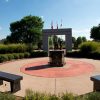 Korean War Markers and Memorials
Korean War Markers and Memorials Military
Military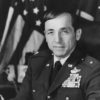 Risner, James Robinson
Risner, James Robinson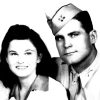 Russell, William Leon
Russell, William Leon World War II through the Faubus Era, 1941 through 1967
World War II through the Faubus Era, 1941 through 1967 Arkansans in the Korean War
Arkansans in the Korean War  Arkansans in the Korean War
Arkansans in the Korean War 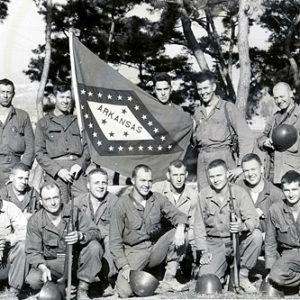 Arkansans in the Korean War
Arkansans in the Korean War 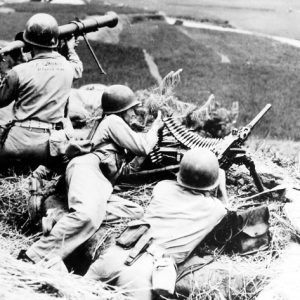 Bazooka and Machine Gun
Bazooka and Machine Gun 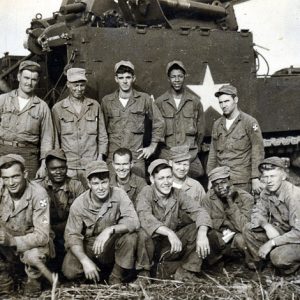 Integrated Unit in the Korean War
Integrated Unit in the Korean War  Korean War Memorial
Korean War Memorial 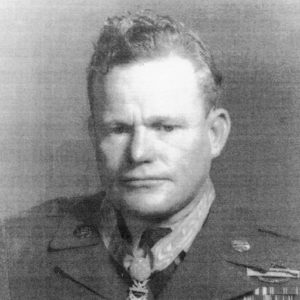 Hubert L. Lee
Hubert L. Lee 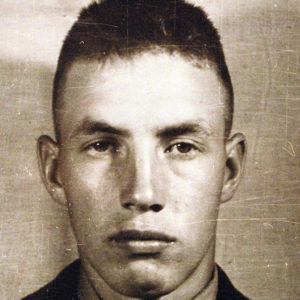 Herbert Littleton
Herbert Littleton 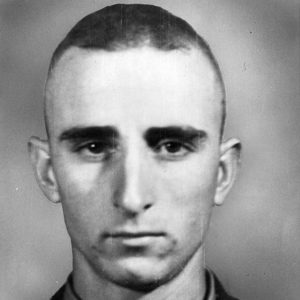 Whitt L. Moreland
Whitt L. Moreland  James L. Stone
James L. Stone 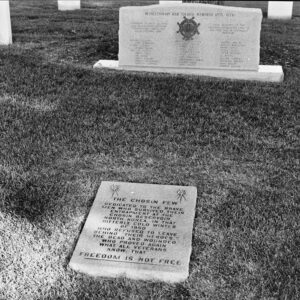 War Memorials
War Memorials 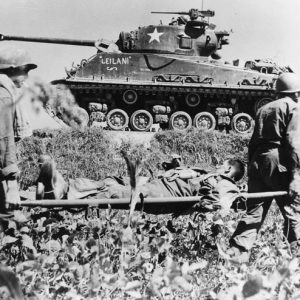 Wounded Soldier in Korea
Wounded Soldier in Korea 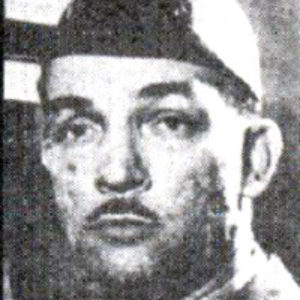 John Yancey
John Yancey 




During the Korean Peace Accords, Ike appointed my father William Logan Jr. the chief civilian negotiator. It was considered a peace accord because it was just a ceasefire, not a surrender. If it had been a surrender, Korea would be one country today.
My father was also instrumental in rehabbing Japan after WWII. When he retired, the emperor of Japan and Queen Elizabeth bestowed peace awards on him.